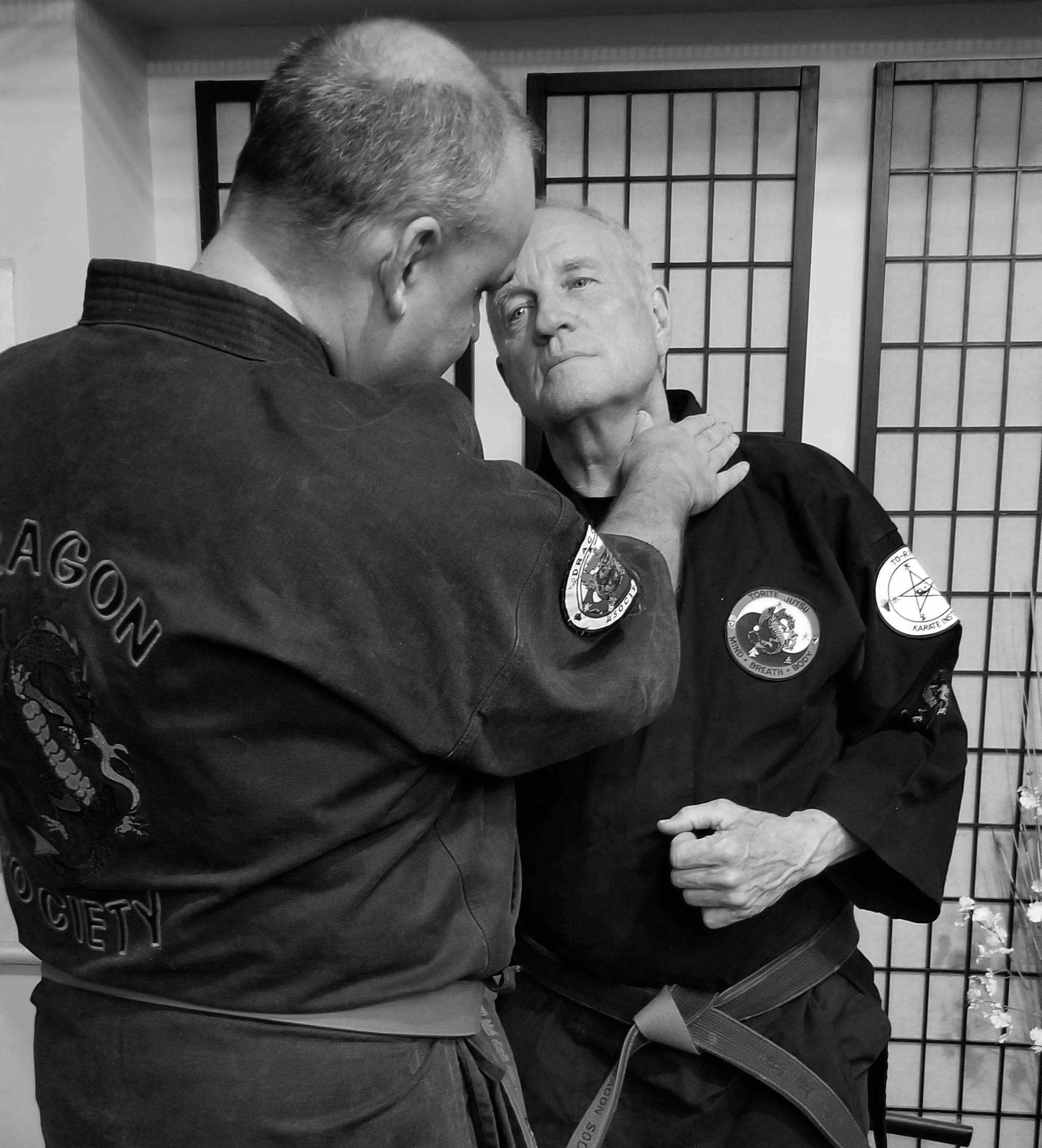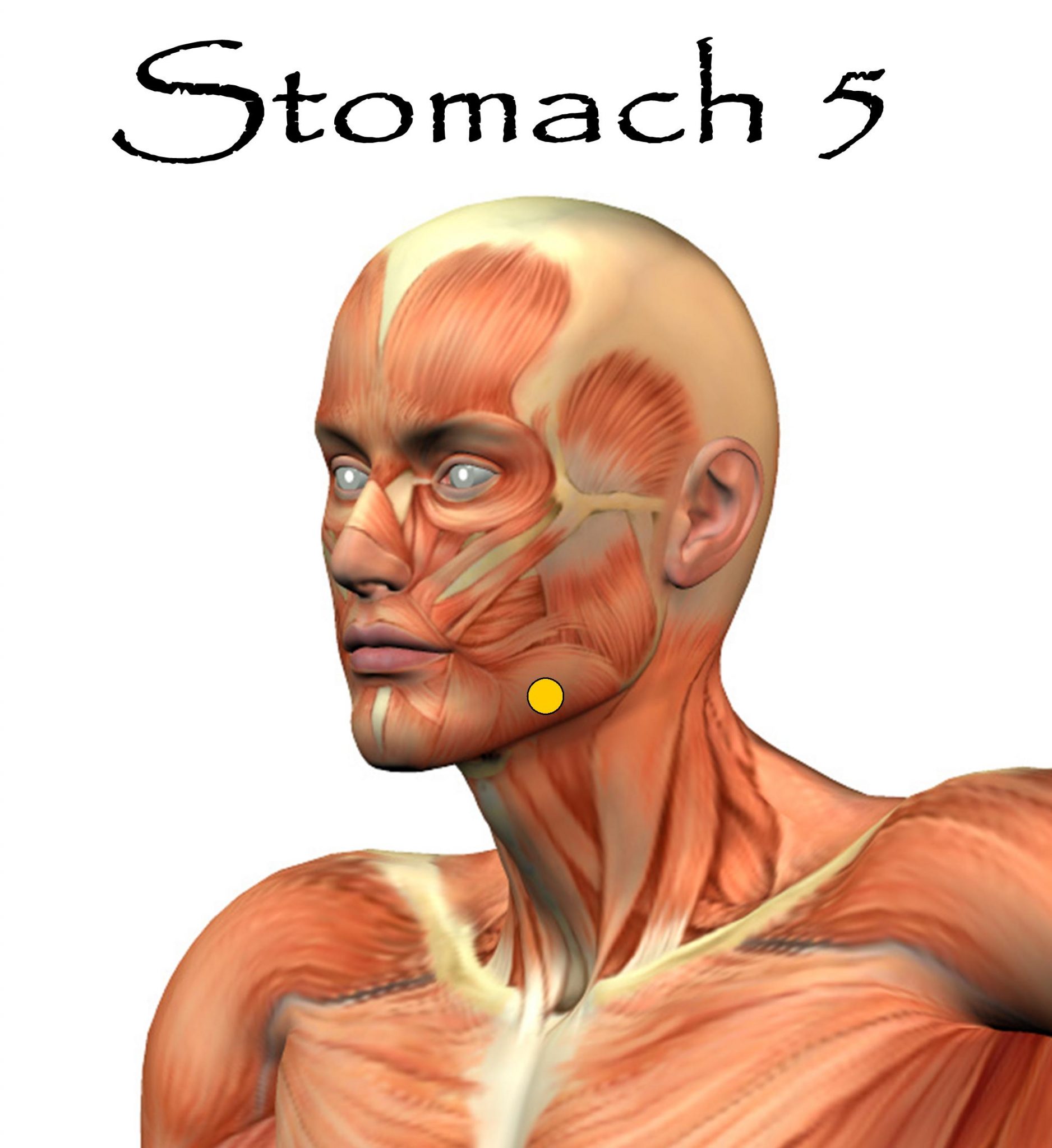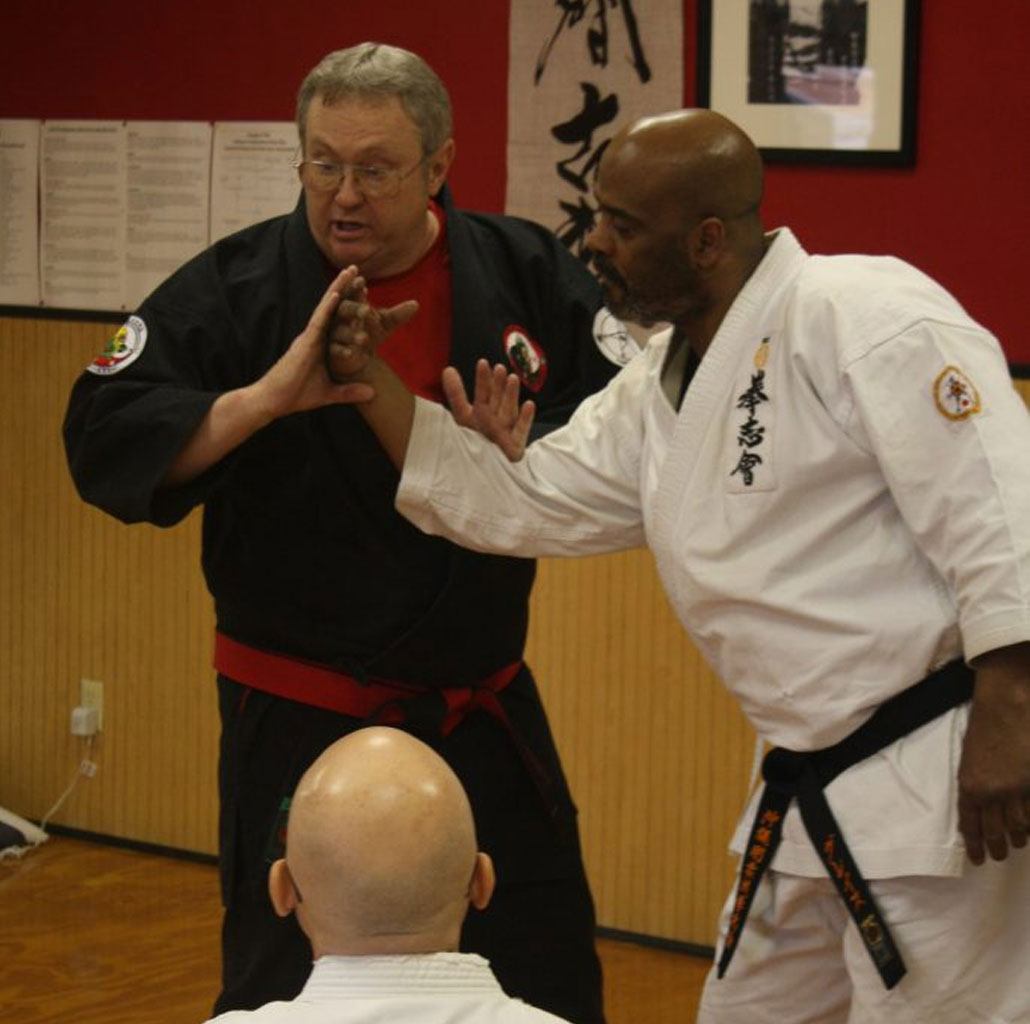
Criticism of Kyusho: Teaching is Too Static
One of the criticisms we hear often is that Kyusho is taught with static techniques and is not dynamic enough. There is some merit to the claim but it is not entirely accurate either.
When teaching amy new skill, it should be practiced in a safe and static manner. The fundamentals must be taught and practiced until they become second nature. Speeding up too soon will cause bad form and risks injury to the uke, or receiver.
Even after the proper form is learned, it can still be risky to speed up. Consider a joint lock, for example. Having someone resisting as hard as they can and putting the practitioner in a position of having to manage the amount of force applied and the amount of travel in the technique would be extremely dangerous. Likewise, strikes done at full speed can hit with tremendous force if the distance closes faster than anticipated. Of course the challenge here is that this is done without gloves and is targeted at weak points on the human body to add insult to injury.
Yet, if you never train at speed and with resistance, you will never know if it works some will say. Does one need to be shot with a firearm to know it works? Or cut with a blade? Of course not! So, what can we do to close the gap? How about working your training as you do now, but separating the technique into phases.
By separating the technique into phases you can practice each component separately and train for the transitions. Let me illustrate with an example. Consider a punch to your face where you plan to parry the right hand strike with your left hand and then counter with a right hand strike to the LV-14 region of the ribs. The interaction could begin with both people wearing appropriate protective gear and be done with speed. Padding could be worn to protect the ribs and the parry and strike could be done fast but with open hands and the strike done with minimal power. This would be Phase One which focuses on improving reaction time and developing hand speed and some accuracy for the parry and strikes.
Phase Two of the technique would involve striking a heavy bag to get the power development and practice the strike. A Bob bag by Century would be perfect for this so there are anatomical markers.
Phase Three would be working with a partner and practicing as you do now with static and controlled strikes to practice the nuances of the technique, angle of strike, knuckle placement, etc.
Remember that properly executed in real applications, Kyusho is done full power. So, even if you miss the pressure point, you should have what non-Kyusho practitioners have – blunt trauma. This is the fail safe of Kyusho training. If the energetics of the technique fail, you still have a hard strike. And if you remember from our post on the Martial Onion, you can attack the organs, nerves, and other systems of the body if you miss the pressure point.
Joint Locks could be broken down much the same way. Phase 1 is the dynamic interaction leading to the grip for the lock. You just need to stop short of applying the lock and using force. Just go for the attachment. Phase Two would be slow static training to work the technique with minimal force. Phase Three would be working any strikes with a similar approach to the above. Phase Four would be developing skills to deal with counters and failed techniques.
Anyway, you get the idea. Feel free to work the phases differently or add additional components. All of the above is a more dynamic way to do the training without risking the health of your partner, which should always be your primary concern.
Do you train in a similar manner? Or do you have other ideas? Let us know in the comments.
About The Author
You might be interested in
Comment (1)
LEAVE YOUR COMMENT
You must be logged in to post a comment.











Dynamic doesn’t necessarily mean fast or full power. The drawback to the teaching methods, as I have seen them, is they stop short of teaching working the techniques into a combative flow. For instance, Tai Chi uses push hands as a platform for controlled sparring where techniques can be worked into the flow safely in a counter for counter manner. Wing Chun uses Chi Sao in the same fashion, as do the Filipino arts with various flow drills like knife tapping. My suggestion would be figure out how to work Kyusho into a flow.